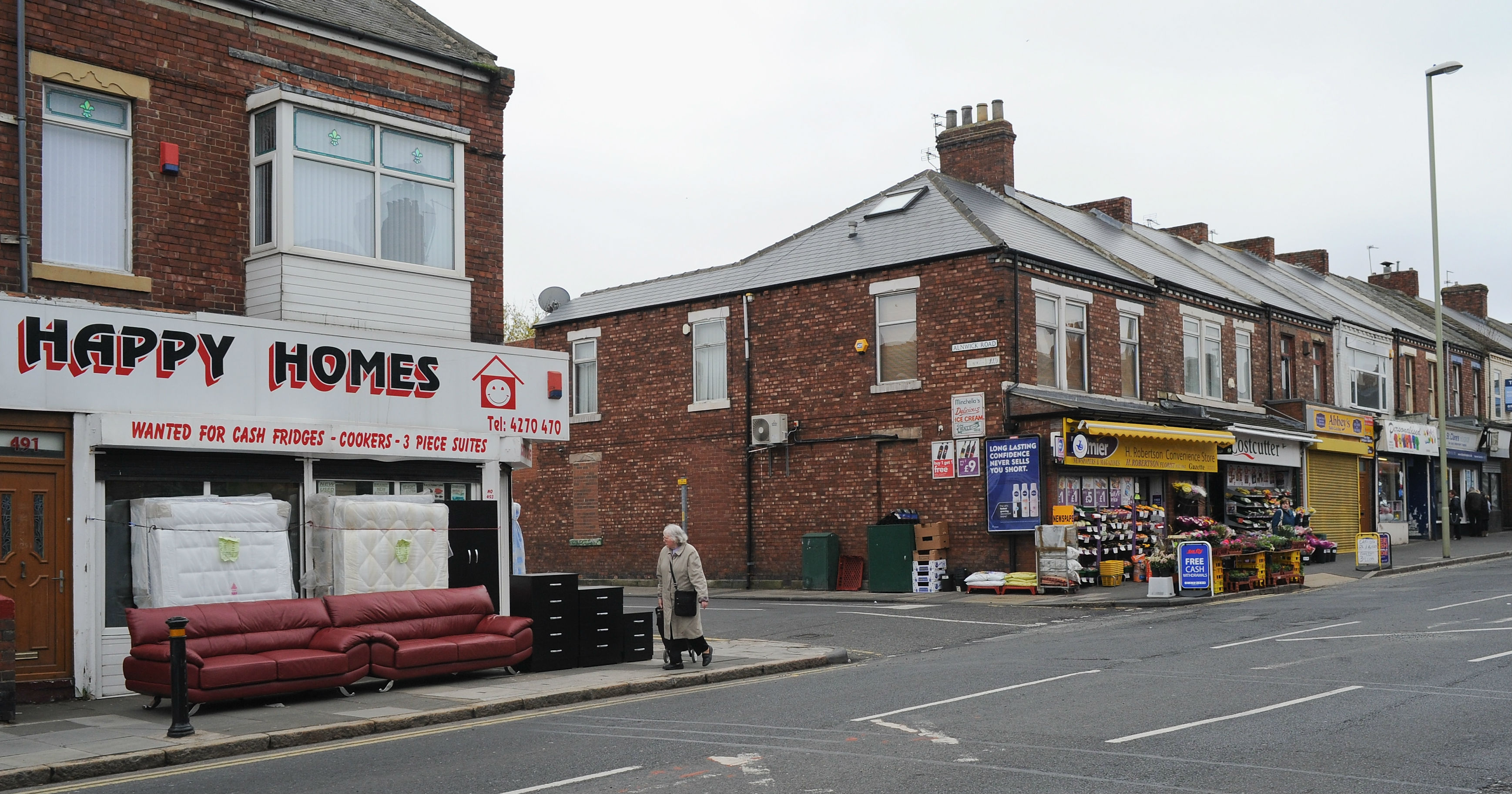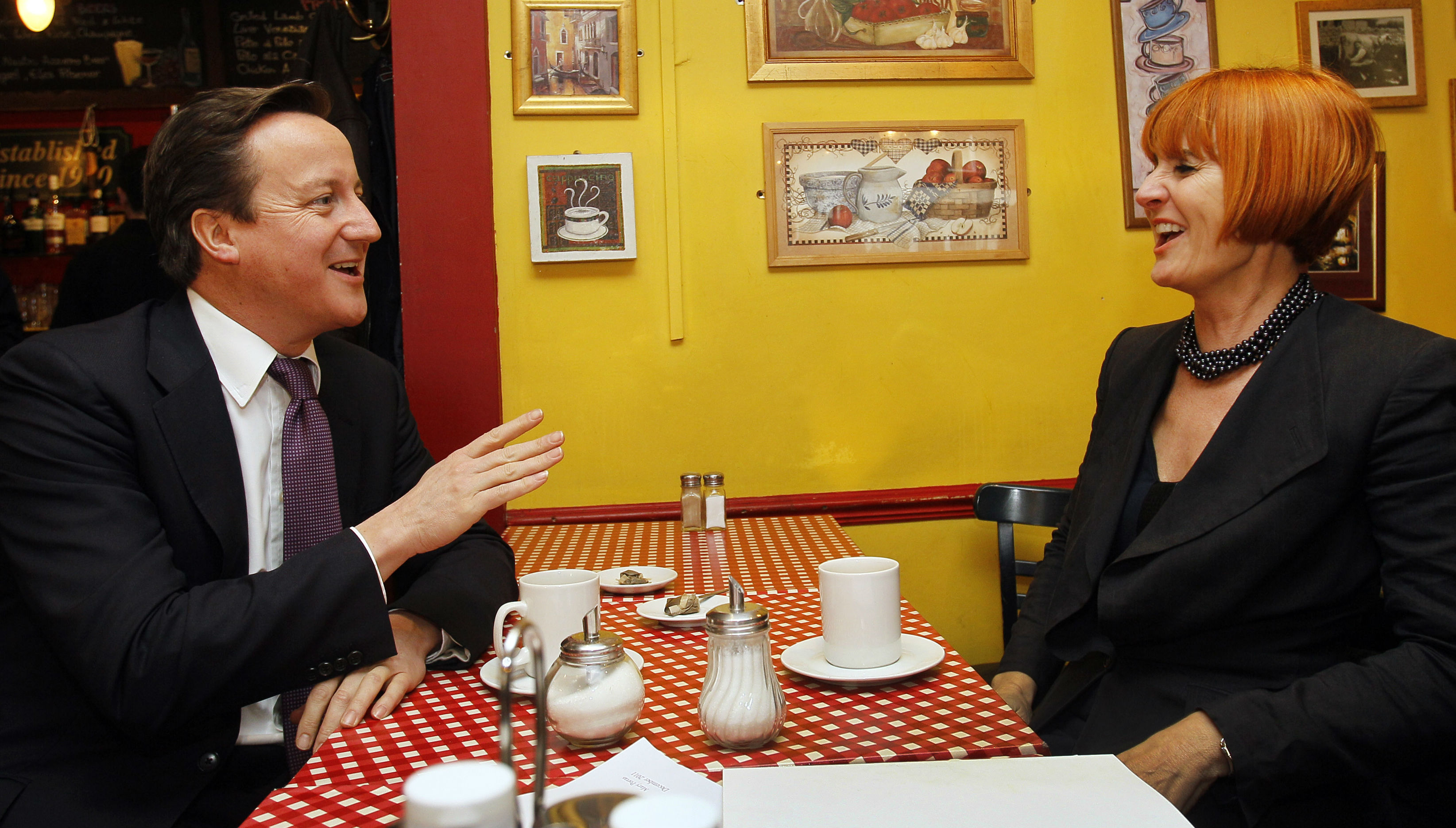The British high street – shopping mecca or charity case?
The British high street is back in business, says a new survey – but is it full of charity shops and discount stores? We’re trying to find out as #c4newspopup tours Britain this week. You tell us!

Ghettos no more – a new survey claims that shops are opening up again across Britain’s high streets, with business given an extra boost thanks to the warm summer.
The British Retail Consortium (BRC) said the percentage of vacant shops fell from April’s record high, down to 11.1 per cent, while the number of shoppers was also 0.8 per cent higher than a year ago.
It’s not exactly a boom, yet – but the BRC’s research partners said it showed a “degree of optimism”, at least.
Many retailers say they are not experiencing much of a revival. Shopping guru Mary Portas was tasked with breathing new life back into the country’s high streets, along with a £1.2 m government grant to share between 12 “Portas Pilot” towns.
But a year after the initiative was launched, 10 of them have more empty shops than before. Traders in Morecambe said a local butcher and greengrocer have both closed their doors over the last few months, and complained that a new street market had failed to bring any long term benefits.
Are you being served?
Ms Portas said the government needed “clear policies or planning”, and criticised Communities Minister Eric Pickles for allowing a new Tesco superstore to be built on the seafront at Margate, one of her pilot towns.
“We cannot have a high street first policy, with the government saying ‘Yes, we believe in it’, and then have the secretary of state signing off out of town retail. That doesn’t work”, she told Channel 5 News.
She suggested that high streets might have to change focus in the future if they were to survive, moving away from retail and bringing in other businesses like coffee shops, sports centres and creches.
Earlier this month local authorities rounded on the planning minister Nick Boles, after he suggested that empty shops could be converted into apartments instead, claimning it could “drain the life” from town centres.
But some retail units do seem to be filling the gaps, in the meantime: charity shops. Research for the Mail on Sunday shows there are now 10,000 of them across the country, a massive 30 per cent increase over the last five years.
Charity shops pay minimal rates, making them an attractive prospect for landlords – but local retailers say they are forcing out conventional shops and damage the perception of town centres, from thriving hubs to down-at-heel.
People want a community around them… They want to know who their neighbours are. Catherine Conway, Unpackaged
The government insists it has taken up many of the recommendations outlined by the Portas Review, including easing planning restrictions to allow more creative use of empty properties and doubling rate relief for small businesses.
Catherine Conway, who runs the east London eco-shop Unpackaged, said maintaining vibrant public spaces was essential, and had clear social and environmental benefits for local communities.
Switching to a mixture of services and retail, as Mary Portas has suggested, might help, she said: having a varied mix of shops and other facilities might attract people to venture out more often.
“People want a community around them”, she said. “Most people want to know who their neighbours are, they want to speak to someone. It’s very important for social cohesion”.

So what’s it like where you live? Do you dream of the kind of life where you pop down to the local butcher, chat to friends in the queue at the baker, pick up some seasonal fruit from the greengrocer?
Or is the reality very different: a hurried dash round the out-of-town supermarket and most other things ordered online? Those tasked with reviving Britain’s high streets know shopping habits have changed.
They are trying to think creatively: in Morecambe, there are plans for pop-up shops to take up temporary residence in vacant properties, a new advice centre to help support businesses, a marketing campaign on the road.
The British Retail Consortium says there has been some cause for “cautious optimism” since the start of this year – but the director general Helen Dickinson warned that the path to recovery still remained fragile.
Mary Portas is adamant about the importance of her cause, describing the high street as Britain’s heartbeat. “I have seen the destruction when it goes”, she said. “Take away the infrastructure, and you take away communities.”
#C4newsPopUp: we're coming to your area, and we want your stories
We want to hear from you
Do you live in or around Fowey, Cornwall; Swindon, Wiltshire; Teesside in the north east; the Lake District, or Edinburgh?
Do you have a burning story that needs to be told about your area?
Perhaps a local business that has been at the heart of the community for years has had to close - or maybe a new one has opened. What are your experiences of the local NHS? And if you are just leaving school, what are your plans - are you going to stay in your area? And what's the cultural scene like: maybe your town is the new "Madchester".
Tweet us @channel4news using the hashtag #c4newspopup, or email us on c4newspopup@itn.co.uk
Weather and business rates
The sun coaxed more shoppers onto the high street than previously and encouraged them to spend more on warm weather goods.
But business rates, the tax on setting up in a shop still needed reform and were a concern for small business, said the BRC’s director Helen Dickinson.
She said: “We’ve seen some cause for cautious optimism since the start of the year, but the path to recovery remains fragile.
“Bringing business rates into line with how town centres operate in the 21st century is a surefire way of offering retailers more certainty and scope to invest.”